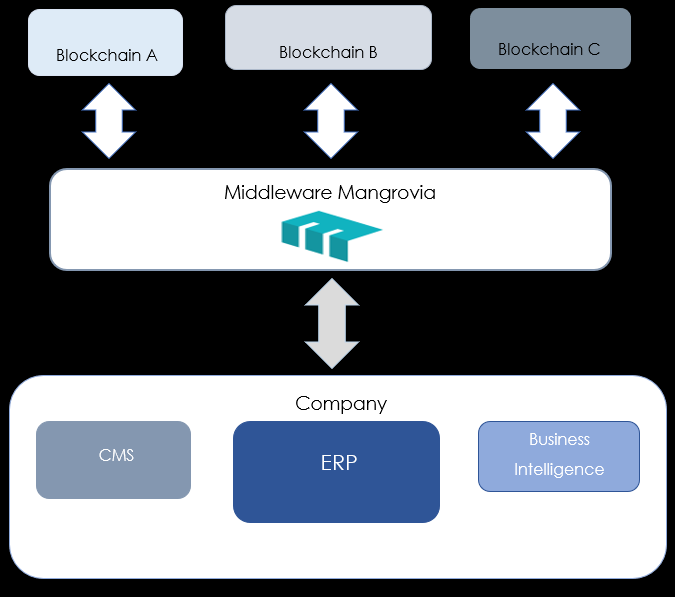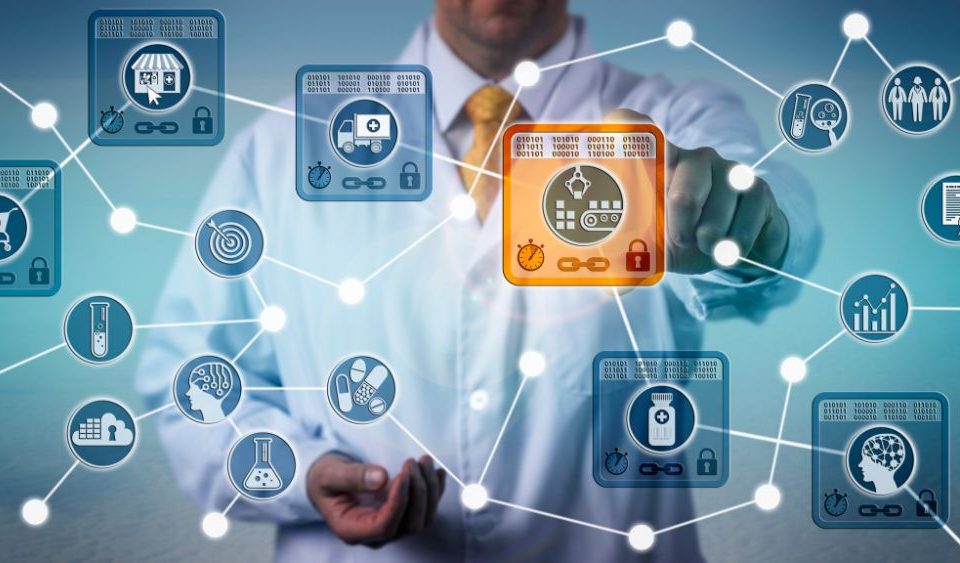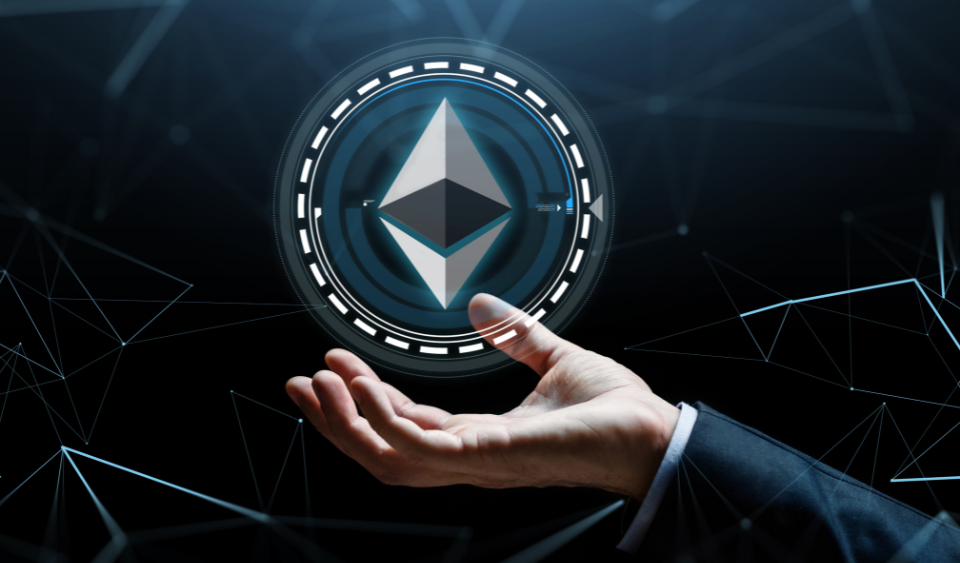The blockchain according to Massimo Ferronato, CTO of Mangrovia Blockchain Solutions
Our goal? A middleware to connect companies and blockchains.
by Federico Bo
Massimo Ferronato has been part of the Internet world for more than thirty years. He knows its logical and physical architecture, the various network levels and the communication protocols like few others. Working around the world for private companies and European institutions, he has contributed to choosing and developing protocols over the years. Like all true experts, he manages to speak about difficult subjects with simplicity though never falling into banality or inaccuracy. Massimo’s approach is a naturally engineering approach: he breaks down a problem into its constituent parts, analyzes them, identifies possible solutions and tests them until he finds the optimal one in that context. He has no “ideological” foreclosures on technology: proprietary’s or open solutions can both prove useful, it all depends on the cases.
Massimo has been interested in blockchain technologies since their very beginning, at the birth of Bitcoin. It was a natural consequence of his knowledge of the computer world; he deeply understands that blockchains are a confederation of already known technologies, algorithms and procedures, assembled to obtain a new tool.
By studying and observing the evolution of blockchains and distributed ledgers, first in the field of cryptocurrencies then in other sectors, Massimo developed his personal approach:
“In my opinion we need to be agnostic and pragmatic: agnostic in order not to focus only on a blockchain or a typology (permissionless or permissioned) given the variety and speed of evolution of these technologies; pragmatic because the blockchain is not “the Solution” for every sector and every problem, but an added value that can be made available to companies under suitable conditions.“
So to put it short, it is on the enterprise sector that Massimo places the focus of his work on.
With the birth of Mangrovia Blockchain Solutions in 2017 and through the sharing of ideas with the other founders and partners, this vision of DLT and blockchain technologies and a more ideological and “political” one merge.
But what is a blockchain seen from a company’s point of view? What does Mangrovia offer to the business? Our CTO replies:
“A blockchain is nothing more than a slightly more sophisticated archive, which allows you to manage data securely even when they are “let out” of a company’s protected environment. The data, therefore, can be shared at various levels, with external entities such as suppliers, partners, distributors, end users, control authorities and with other companies as well, while keeping the security and integrity of the data always high. As a result we have an integrated ecosystem that creates added value for all the stakeholders involved. “
Massimo adds: “I don’t like uselessly redundant systems, and we prefer, at Mangrovia, an approach that minimizes the impact and the costs for the companies that turn to us. Our aim is to create a “middleware”, an interface that allows the already existing systems in the company to dialogue with any type of blockchain. “

As a matter of fact each company can and will increasingly be part of multiple consortia, agglomerations, supply chains, each one with its own blockchain. These technologies evolve rapidly, so one blockchain used today may be supplanted by another in a short time.
It is necessary to employ what Massimo calls “decoupling”, a separation between archives and already existing systems within the company and the blockchain infrastructure which notifies, distributes and stores data in the external ecosystem.
“This decoupling allows integration but also independence from blockchains. It favors what is called a legacy approach”.
Let’s dispel one of the many myths that circulate around distributed ledger technologies: we don’t talk about extremely complex software or architectures that are difficult to manage and must supplant everything already in use within the company.
“After all” — adds Massimo — “it is not so difficult to export or import data from a blockchain: the basic operations are reading and writing. What needs to be carefully designed is the workflow of these data, managing authorizations and privileges that control the (conditional) data flow.
“Our solutions are not focused on a single problem or on a single activity; starting from an analysis and evaluation of the existing, we provide services and architectures that allow companies to develop digital assets, either pure or linked to physical products and to interface with different blockchains. This helps to create value by taking advantage of the benefits and by exploring the many opportunities offered by this technology. ”
An aspect not to be overlooked in projects of this type is that of data standardization: with many entities involved in the industrial ecosystem, the risk (often the norm) is that of dealing with a babel of different standards that do not allow efficient communication and transactions. Disposing of consistent and uniquely interpretable data is saving a lot of time and costs. Building a blockchain architecture is an incentive (if not an obligation) to this search for standards.
“I think that within the next five years the blockchain will become a basic technology for most applications in every company”, concludes Massimo.
Providing an “interpreter”, an interface between the corporate world and that of blockchains is therefore the main objective of all the solutions offered by Mangrovia. This intent, combined with a know-how and high technical skills, has created a simple, integrated and efficient middleware, that makes blockchain technology more familiar.





